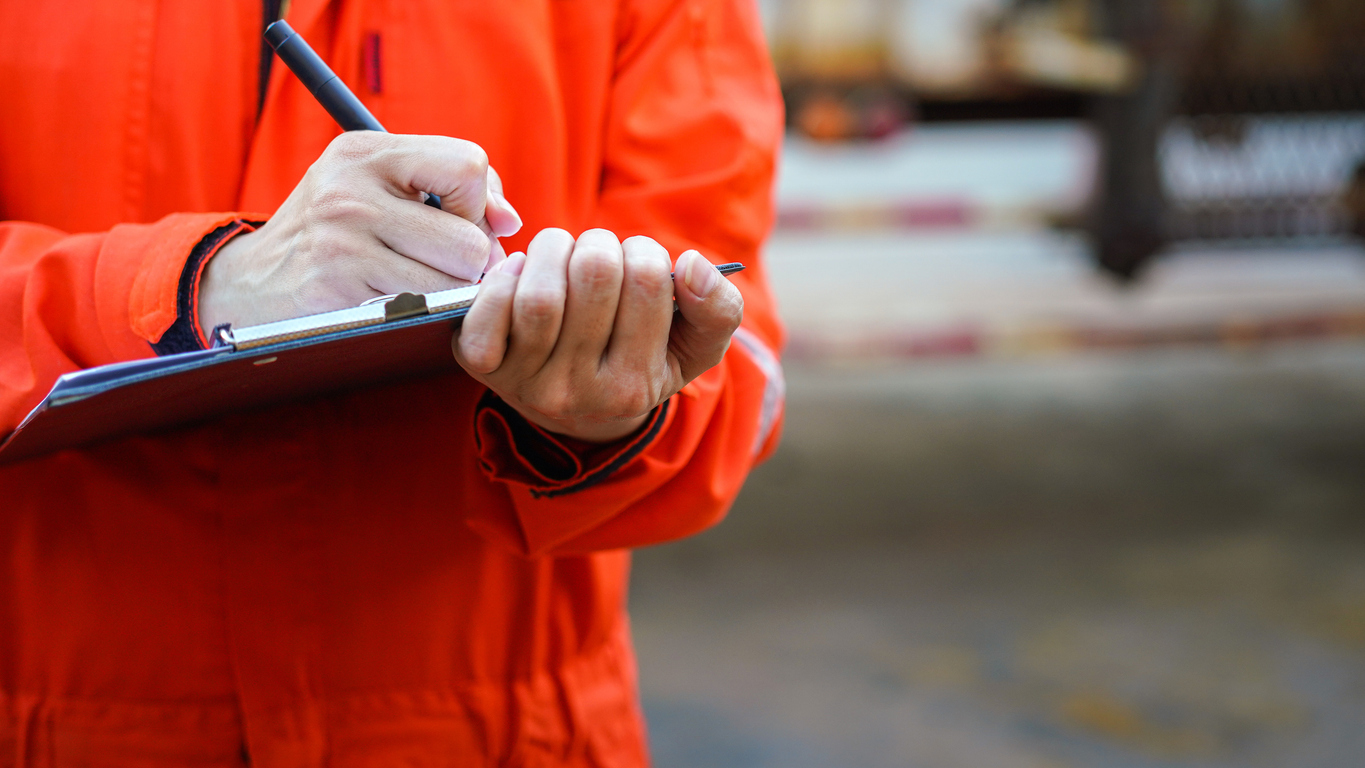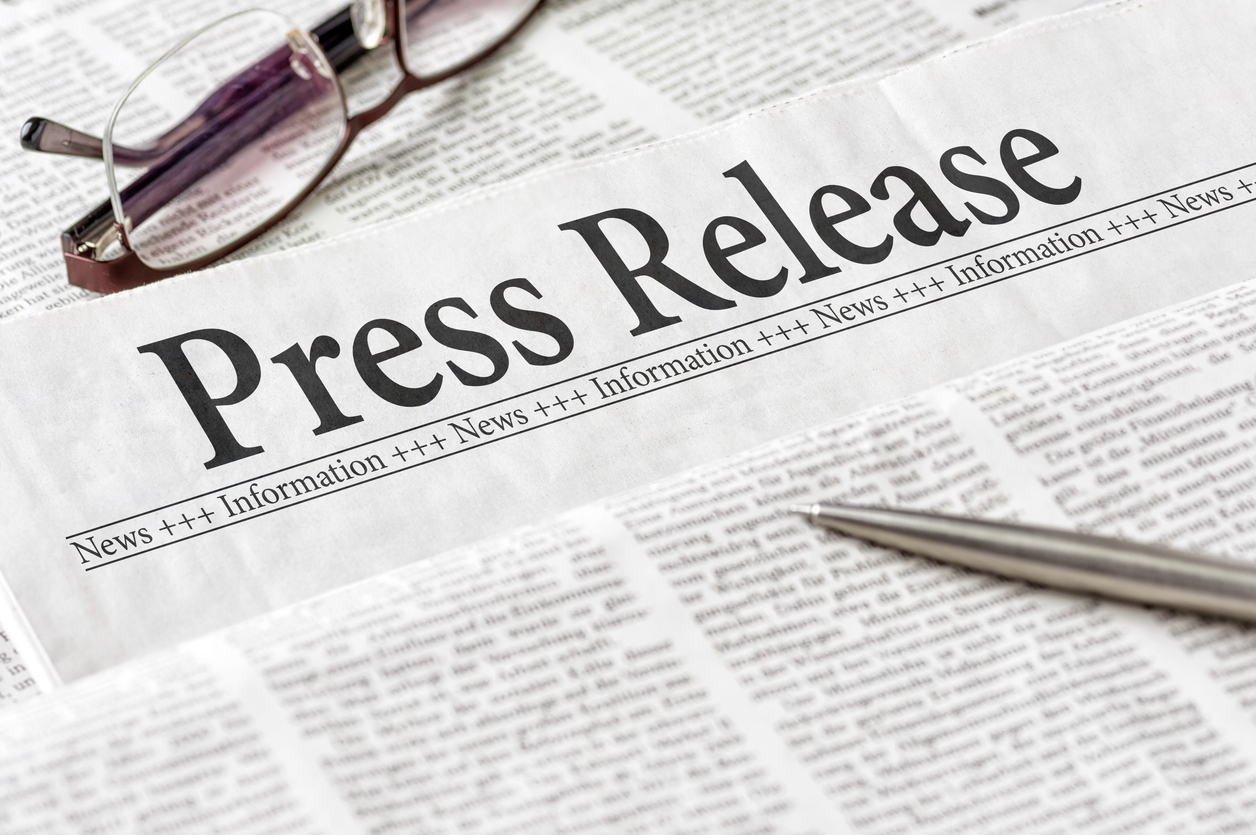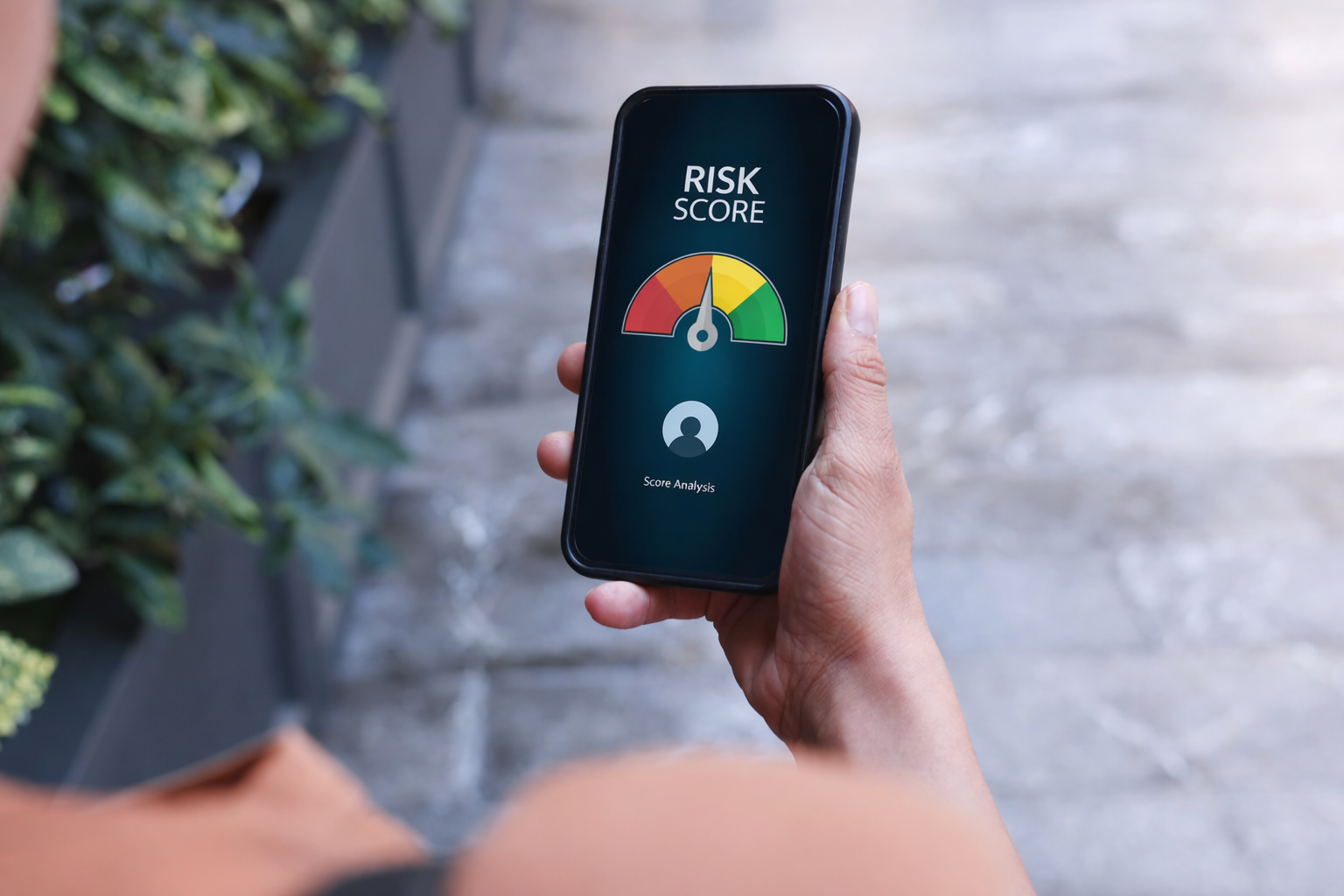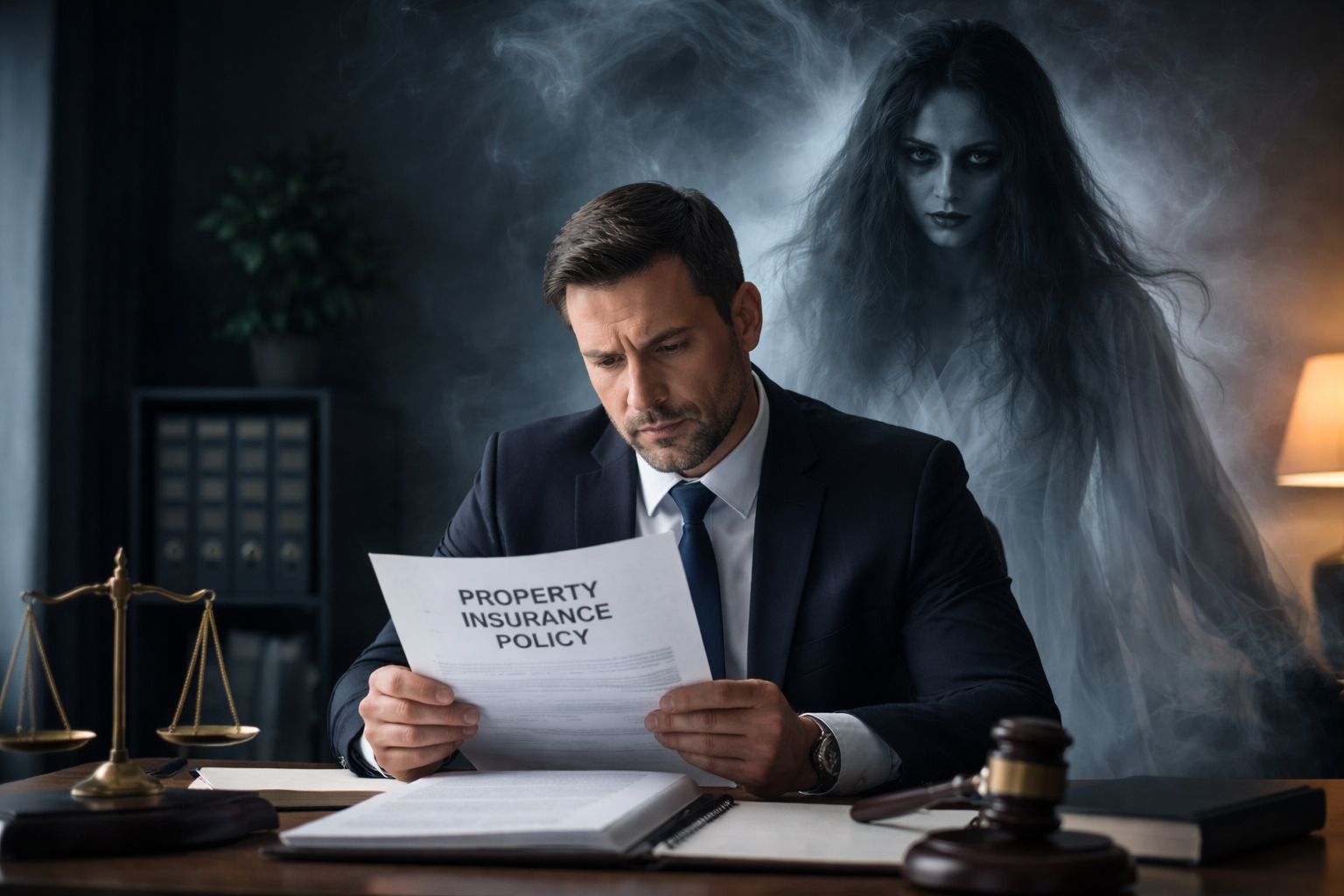The Rocky Mountain Association of Public Insurance Adjusters (RMAPIA) has produced a comprehensive and scientifically grounded guide to handling fire losses that deserves serious attention from anyone involved in the adjustment of fire-related insurance claims. 1 These RMAPIA Fire Protocols are among the most thorough documents I have seen in this area, offering not only a rigorous framework for classifying fire losses but also an impressive depth of detail in explaining why certain structures and contents should be replaced rather than repaired.
Having personally represented clients in the Colorado East Troublesome Wildfires and continuing to represent homeowners in the aftermath of the Boulder Wildfires, I understand firsthand the complexities and emotional toll of fire losses. The same is true for the Los Angeles wildfires, where most of my recent attention has been centered.
These experiences make me particularly appreciative of the work done by RMAPIA and the experts behind these protocols. Their efforts represent a commendable and much-needed contribution to the body of guidance available to all property insurance adjusters, whether working for insurers as company and independent adjusters or as public adjusters for policyholders.
What stands out about the RMAPIA Fire Protocols is their reliance on hard science. The document outlines a Universal Fire Testing Method, which is grounded in toxicology. This method enables professionals to assess the presence of hazardous byproducts like VOCs, PAHs, heavy metals, dioxins, furans, and asbestos. These are not theoretical concerns. They are real threats to human health, often invisible to the naked eye, and capable of seeping into every crevice of a fire-damaged structure. The protocols go further to define toxic thresholds for each contaminant, provide EPA-approved testing methods, and present clear recommendations on how to interpret the results.
These protocols divide fire losses into four distinct categories based on whether toxic byproducts are present and whether the structure’s integrity has been compromised. These categories are practical and offer adjusters a roadmap to determine whether repair or replacement is appropriate. In cases involving toxic exposure, the protocols advocate unequivocally for replacement, emphasizing the risks associated with incomplete remediation, encapsulation, or reliance on superficial cleaning.
This commitment to safety and comprehensive restoration is admirable. At the same time, it is important for me to be balanced and recognize that the protocols are clearly written with a public adjuster’s viewpoint in mind. They argue forcefully against insurer strategies that favor repair over replacement, often with the assumption that insurers will look to minimize payouts. In doing so, the protocols make a strong case for policyholder protection, but they also assume a high standard of evidence and cost justification that insurers may challenge. I do not believe that these have been peer reviewed.
Another thoughtful aspect of the document is the consideration of unique property circumstances, such as large commercial structures or compartmentalized buildings with isolated systems. The protocols allow for nuance and don’t insist on one-size-fits-all solutions, though the burden of proving such exceptions is placed squarely on the shoulders of those who argue against full replacement.
I suspect that the most controversial, but no less important, sections of the document concern the arguments against encapsulation or the cleaning of HVAC systems and contents. The protocols explain, in granular detail, why such methods are likely to fail. From the microstructure of wood and metal to the real-world limitations of restoration crews, the document leaves little room to believe that deep, pervasive contamination can be safely and effectively reversed. I am certainly curious what the typical insurer retained hygienists have to say about this finding.
These RMAPIA Fire Protocols should be required reading for all parties involved in the adjustment of fire claims, from field adjusters, claims managers and restoration professionals. I find that the work appears technically sound and morally focused by placing the long-term health and safety of homeowners and occupants at the center of every recommendation.
Having stood with wildfire survivors, I believe this is the kind of principled, evidence-based approach that deserves consideration. I applaud RMAPIA and its leadership for producing these.
Thought For The Day
“The most dangerous thing in the world is the sin of placing profit before people.”
— Martin Luther King Jr.
1 Dr. Joe Nieusma, David Phalen. RMAPIA Fire Protocols. Rocky Mountain Association of Public Insurance Adjusters (revised Oct. 2025). (Note: the key data from these Fire Protocols is incorporated in the authors’ peer-reviewed scientific paper published in the journal Toxicology Mechanisms and Methods: David Phalen & Joe L. Nieusma (22 Sep 2025): Industrial hygiene method for assessing toxic contamination in smoke and fire-damaged homes, Toxicology Mechanisms and Methods, DOI: 10.1080/15376516.2025.2561118)




